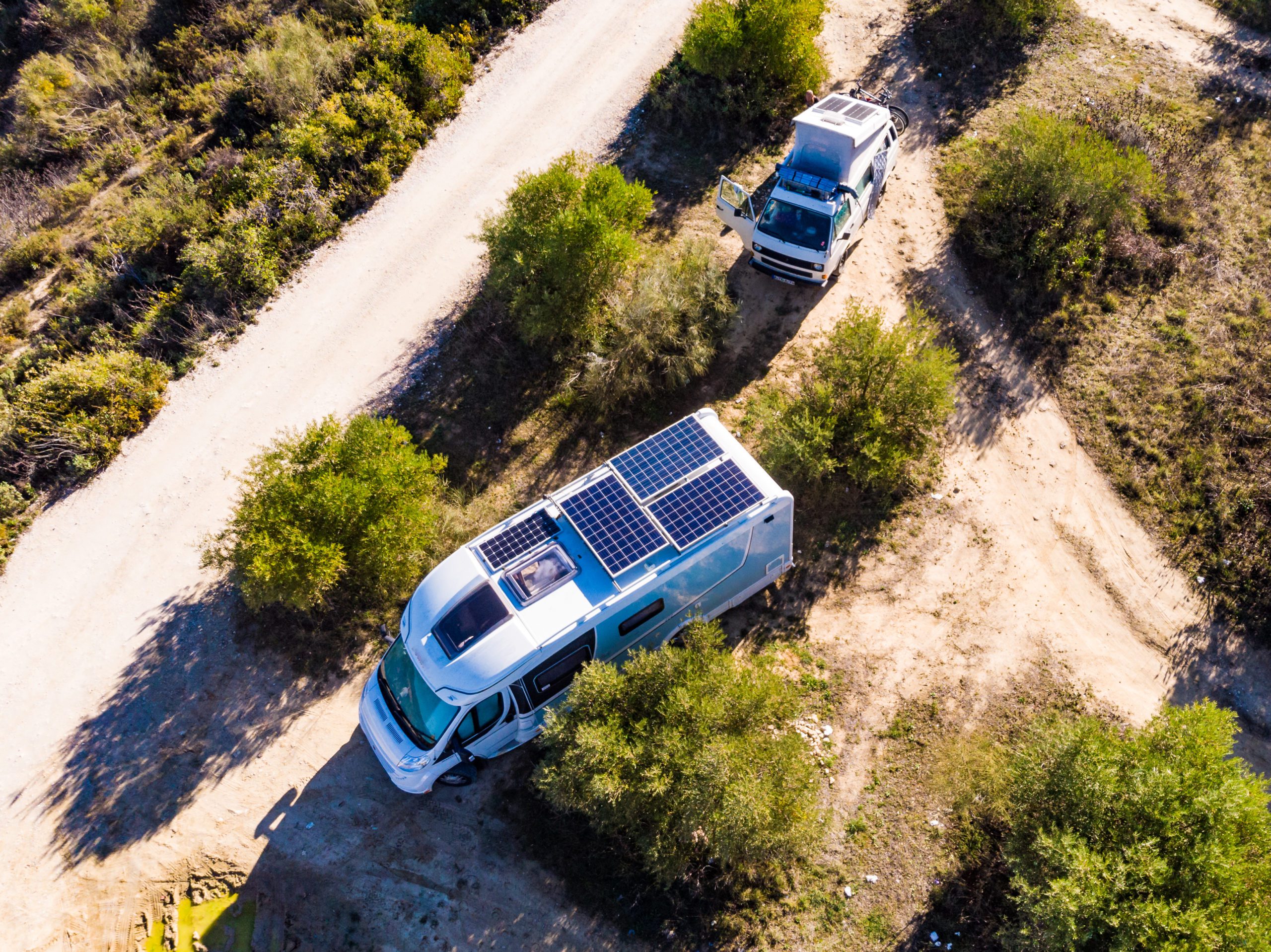
Canadian Tariff Update
To all of our valued customers: We hope this message finds you well. We want to take a moment to
Get your order today! Same-Day Pick Up or Delivery available. Learn more

As an RV owner, taking care of your roof is one of the most important maintenance tasks you’ll undertake. A properly maintained roof ensures that your RV stays dry and free from leaks, which can cause significant damage and cost a lot of money to repair. One of the most important decisions you’ll make in maintaining your RV roof is selecting the right sealant. Two popular options are Dicor Self Levelling 501LSW and Sikaflex 221. In this blog post, we’ll compare the pros and cons of both products so you can decide which one is right for you.
As mentioned earlier, the roof of your RV is one of the most important components of the vehicle. It protects you and your belongings from the elements, and a leaky roof can cause significant damage to your RV’s interior. Choosing the right sealant is critical in ensuring that your RV stays dry and protected.
Dicor Self Levelling 501LSW is a popular choice among RV owners because it is specifically designed for use on rubber roofs. Rubber roofs are a common type of roofing material used in RVs because they are lightweight, durable, and flexible. Dicor Self Levelling 501LSW is safe to use on rubber roofs and will not cause any chemical reactions that can damage the rubber membrane.
One of the benefits of Dicor Self Levelling 501LSW is that it is easy to apply. This sealant is self-levelling, which means that it will spread out evenly on your roof, ensuring complete coverage. This makes it easy to apply, even if you don’t have much experience with roof maintenance. It is also long-lasting and can withstand harsh weather conditions, reducing the frequency of sealant reapplication.
Sikaflex 221, on the other hand, is a popular sealant option that can be used on a variety of surfaces, including tin, aluminum, fiberglass, and plastic. It is a versatile sealant and is fast-curing, making it a good option for RV owners who want to get their maintenance tasks done quickly.
However, it is important to note that Sikaflex 221 is not specifically designed for use on rubber roofs. Using Sikaflex 221 on rubber roofs can cause a chemical reaction with the rubber membrane, leading to damage or even failure of the roof. This is why Dicor Self Levelling 501LSW is the better option for rubber roofs.
Additionally, Sikaflex 221 can be messy to apply. Unlike Dicor Self Levelling 501LSW, it is not self-levelling, which means that you’ll need to be careful when applying it to ensure that it doesn’t drip or smear. This can make the application process more time-consuming and challenging, especially for those who are not experienced in RV roof maintenance.
In conclusion, when it comes to selecting a sealant for your RV roof, it is essential to choose a product that is safe to use on your specific type of roofing material. For rubber roofs, Dicor Self Levelling 501LSW is the better option as it is specifically designed for this type of roof and is safe to use. Sikaflex 221 is a versatile sealant that can be used on a variety of surfaces, but it is not recommended for rubber roofs due to the potential for chemical reactions with the rubber membrane. It is important to do your research and choose a sealant that is appropriate for your RV’s roof to ensure that it stays protected and leak-free for years to come.
If you have any questions about choosing the right RV sealant for your next RV repair, or need the assistance of our service department for installation of the sealant and upkeep on your RV roof, we are standing by to help!

To all of our valued customers: We hope this message finds you well. We want to take a moment to

If you’re an avid RV camper, you know how important it is to have a reliable source of power to
You have selected Local Pickup at our store in Edmonton. Would you like to continue with this option?